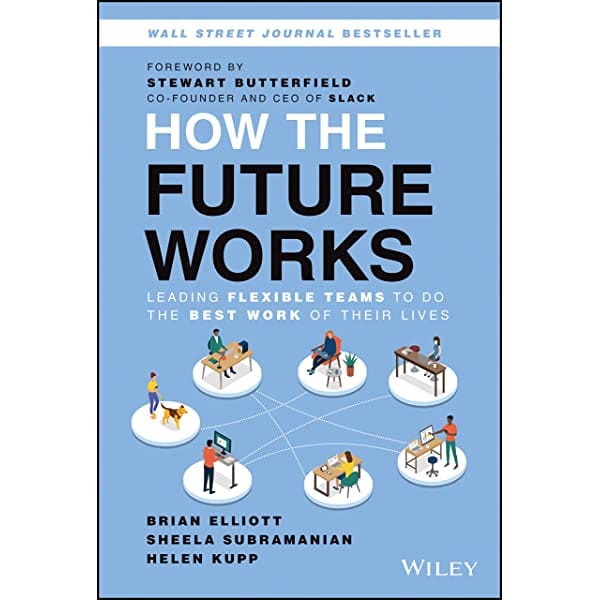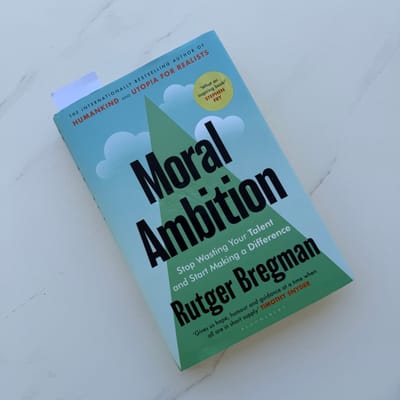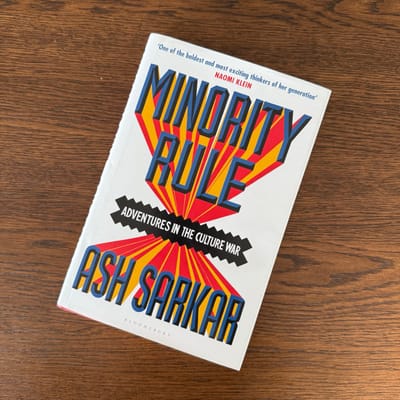How the Future Works by Elliott, Subramanian, Kupp
How The Future Works looks at ways to enable teams and organisations to take advantage of the flexible work revolution.

Book Notes: How the Future Works - Brian Elliott, Sheela Subramanian and Helen Kupp (2022) (Link)
Overview
- The 9 till 5, single location workday isn’t working anymore.
- The COVID pandemic has accelerated a rethink.
- Companies that move to a more flexible way of working are seeing a number of advantages:
- Increased talent pool
- Improved diversity
- Improved employee engagement
- Increased productivity - science shows that productivity rose during the pandemic
- Improved bottom line
- Authors propose a flexible work blueprint (with practical guidance) that can help organisations plan their way to a more flexible, ‘digital first’ way of working.
The Flexible Work Blueprint
- Agree on flexible work principles
- A clear statement of why flexibility is important to your organisation
- Create guardrails for behaviours
- Leadership, workplace and cultural ‘principles’ that are common across the organisation.
- Develop team level agreements
- Not every team will operate the same way, give freedom for leaders and teams to establish the ways that work for them, within the guardrails. Should include values, schedules, meetings, relationships.
- Experiment and normalise the learning process
- Process will be iterative, and sharing results across the org will allow teams to learn from each other.
- Create a culture of connection
- Imagine a ‘digital hq’ that fosters async communication to get things done.
- Establish a schedule to connect in person when required
- Train leaders to make it work
- More than ever, managers need to be coaches first who lead with empathy.
- Invest time and resources into building high levels of trust
- Focus on outcomes - always
- Org/Leaders will need to shift from managing outputs towards the monitoring (and celebrating) outcomes.
Key takeaways
- Flexible working can work well, delivering advantages across the organisation - including the bottom line.
- Orgs will need to allow different models to work for various parts of the org - one size will not fit all
- Time together needs to be optimised for collaboration, teamwork and connection
- Default behaviours will need to adjust - i.e. meetings designed around virtual collaboration (one face, one screen and tools that enable collaboration in real time)
- Leaders need to ‘default’ to flexible and lead by example to give permission for others to fully realise potential of flexibility
- Managers will need to move to a coaching mode, focusing on outcomes rather than outputs, increasing trust and accountability on contributors.
My thoughts
Some organisations and individuals are still early on the journey toward understanding and accepting flexible working. This book gives some great insight (and data) to support the ‘why’, and then follows up with some practical advice on getting to the ‘how’.
The level of commitment that an organisation has may vary, but using this advice as leverage to drive the conversation can be quite powerful, but at the very least individual leaders will be able to take advice from this book to implement in their own teams that will show leadership by example.
It’s a short read, but well worth the investment in time to continue the journey to flexible working.
Link to book (Kindle/Audible available)







Member discussion